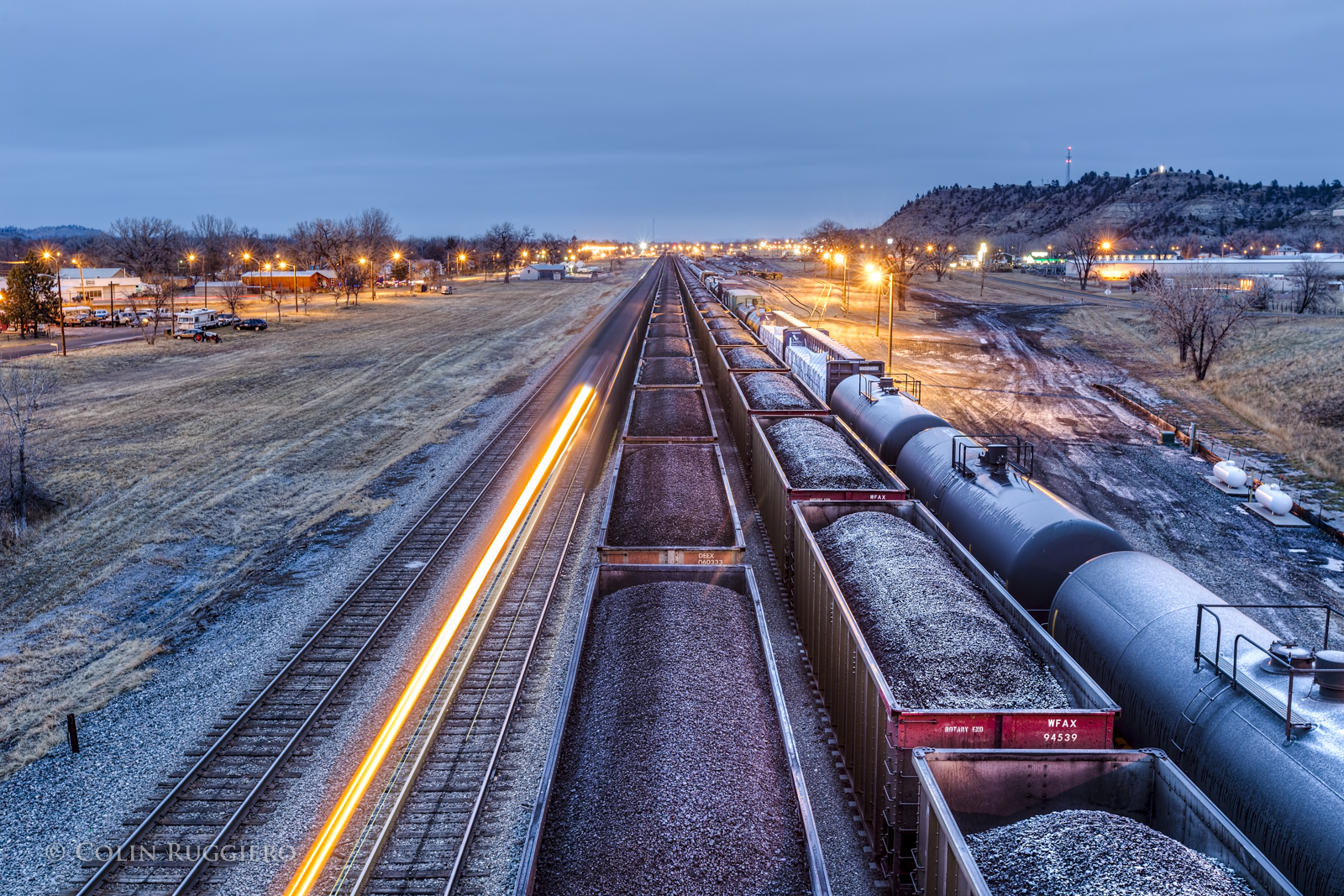
On July 27, 2015 the Northern Cheyenne Tribe renewed their request for a 120-day comment period on the draft environmental impact statement (DEIS) for the proposed Tongue River Railroad. This time the request was accompanied by a letter of support from Governor Bullock’s office. A previous request from the Tribe for a 120-day comment period, supported by Senator Jon Tester and State Auditor Monica Lindeen, was initially denied by the Surface Transportation Board. This morning we received a notice from the STB that they are extending the comment period…
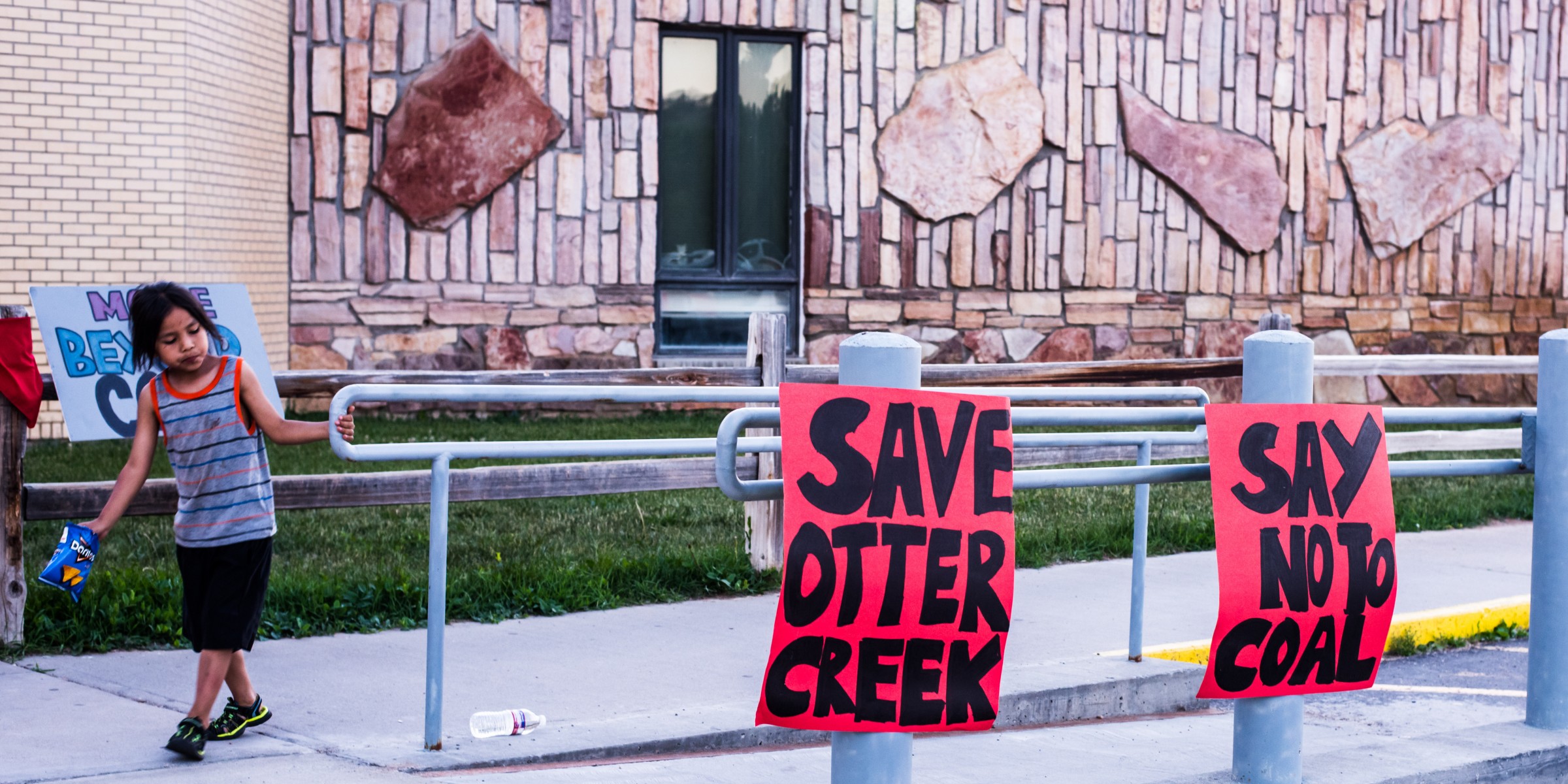
On June 15, 2015 at the U.S. Energy Information Administration’s annual conference in Washington, Matthew K. Rose, Burlington Northern Santa Fe’s (BNSF) executive chairman, said the following concerning infrastructure investments that BNSF made in the Powder River Basin (PRB). “Less than 10 years later, I don’t anticipate that we’ll see that level of coal volume again. That leaves us with millions of dollars in investment in what will eventually be stranded assets.” Rose also stated that PRB coal accounts for about 20% of BNSF’s traffic, down from 25%. He…
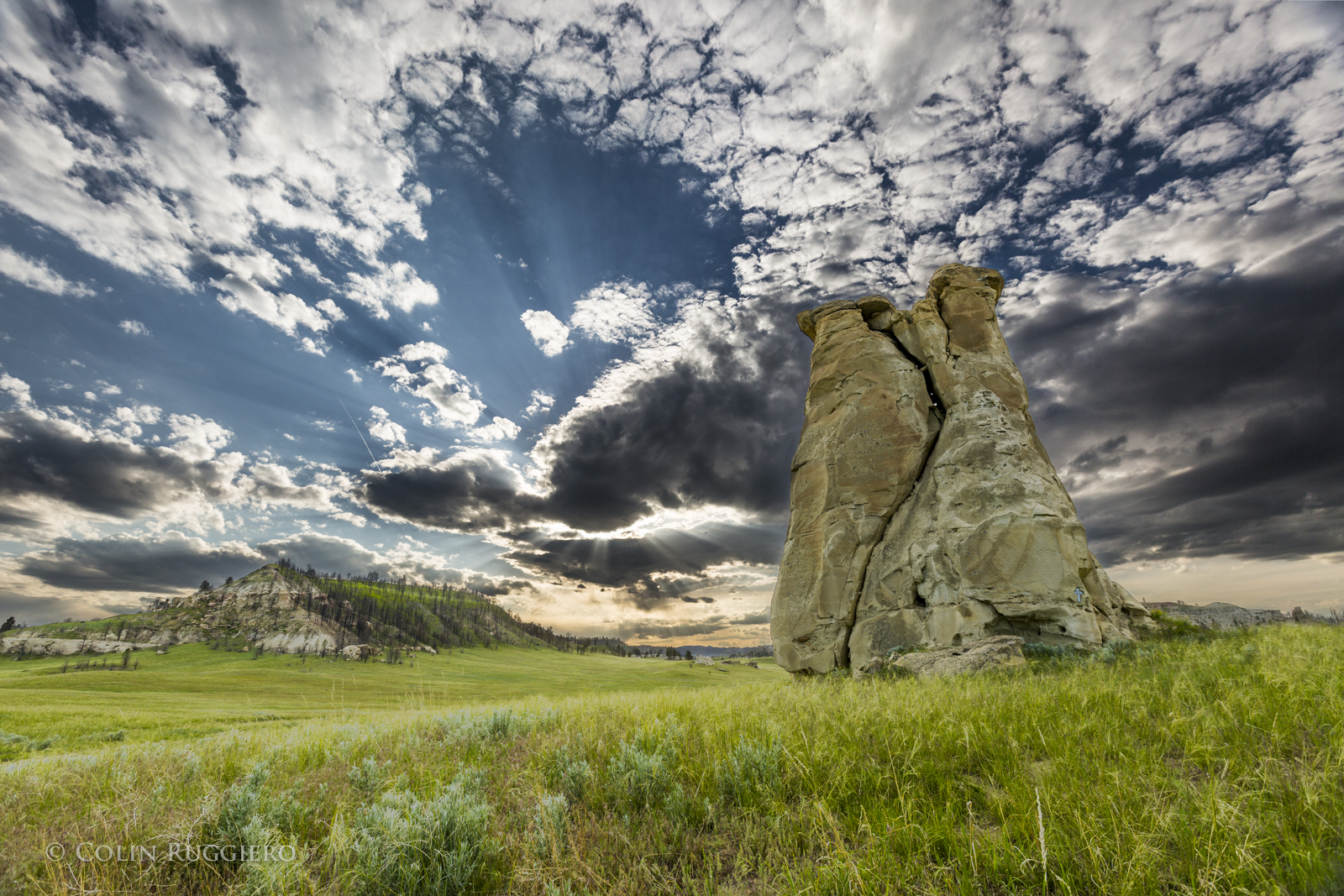
On Monday representatives from the Surface Transportation Board came to Ashland, Montana to host a public meeting about the draft environmental impact statement (DEIS) for the proposed Tongue River Railroad. They call it a meeting. I call it a box they can check off when they go back to Washington D.C. The word meeting implies a coming together of people to have a discussion. They make it very clear they won’t be answering any questions from the public. The STB and ICF staff read a pre-written script that was approved by…

According to the Surface Transportation Board (STB), coal miners are going to lose their job if the proposed Otter Creek mine and Tongue River Railroad (TRR) are built. Seems counterintuitive doesn’t it? I’ll explain shortly but before I get started let’s get some things out of the way in the spirit of full disclosure. Am I the right messenger on this? Probably not but no one else seems to want to dive into these waters so here it goes. You all know that I am personally opposed to…

The Surface Transportation Board (STB) released the draft environmental impact statement (DEIS) for the proposed Tongue River Railroad on April 27, 2015 and gave the public 60-days to comment. The document in printed form weighs over 20 pounds and presents 11 different alternative routes. Commenting on an environmental impact statement is tricky stuff. In order to get an actual response to your comment you have to submit a “substantive” comment. A substantive comment, as defined by the National Environmental Policy Act (NEPA), is a comment that suggests the…

It’s here. On April 17, 2015 the Surface Transportation Board (STB) released the draft environmental impact statement (DEIS) for the proposed Tongue River Railroad (TRR) and I am just getting around to writing about it. I was prompted by a reader who commented on my last TRR blog, “why haven’t you written about this yet!!!” The answer is that I am trying to read and take notes and check references on thousands of pages of the DEIS (weighs about 20lbs) so I can write substantive comments in the short 60-day time frame…
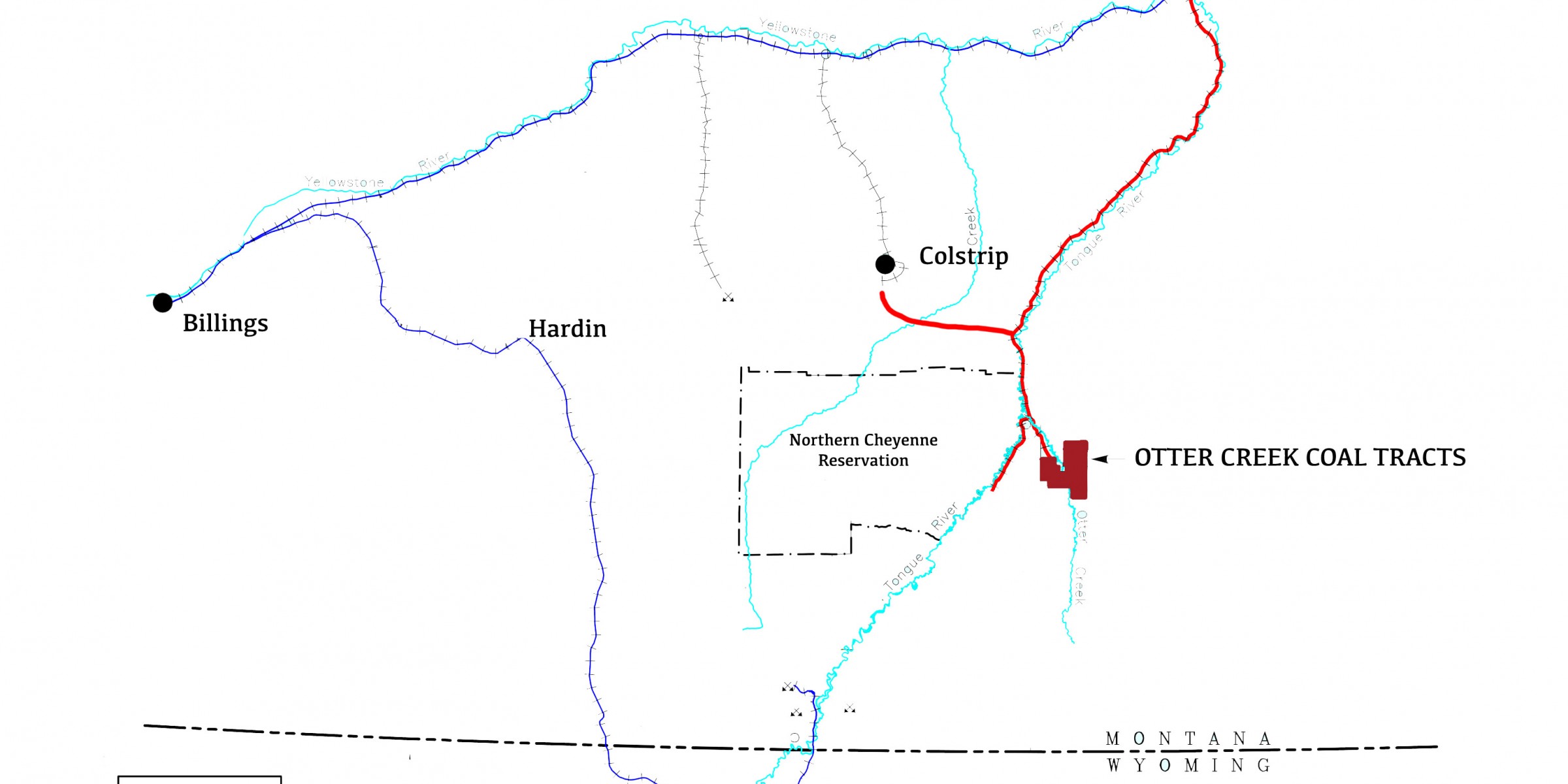
I know you have waited with bated breath for the issuance of the draft Environmental Impact Statement (DEIS) for the proposed Tongue River Railroad (TRR). Vicki Rutson, the Director of the Office of Environmental Analysis from the Surface Transportation Board said we can expect to see a release of the DEIS at the end of April (yes, this April) and that the dates and locations of the public hearings will be announced at that time which I imagine will be held in southeastern Montana sometime in later May. You should expect to see a extensive…
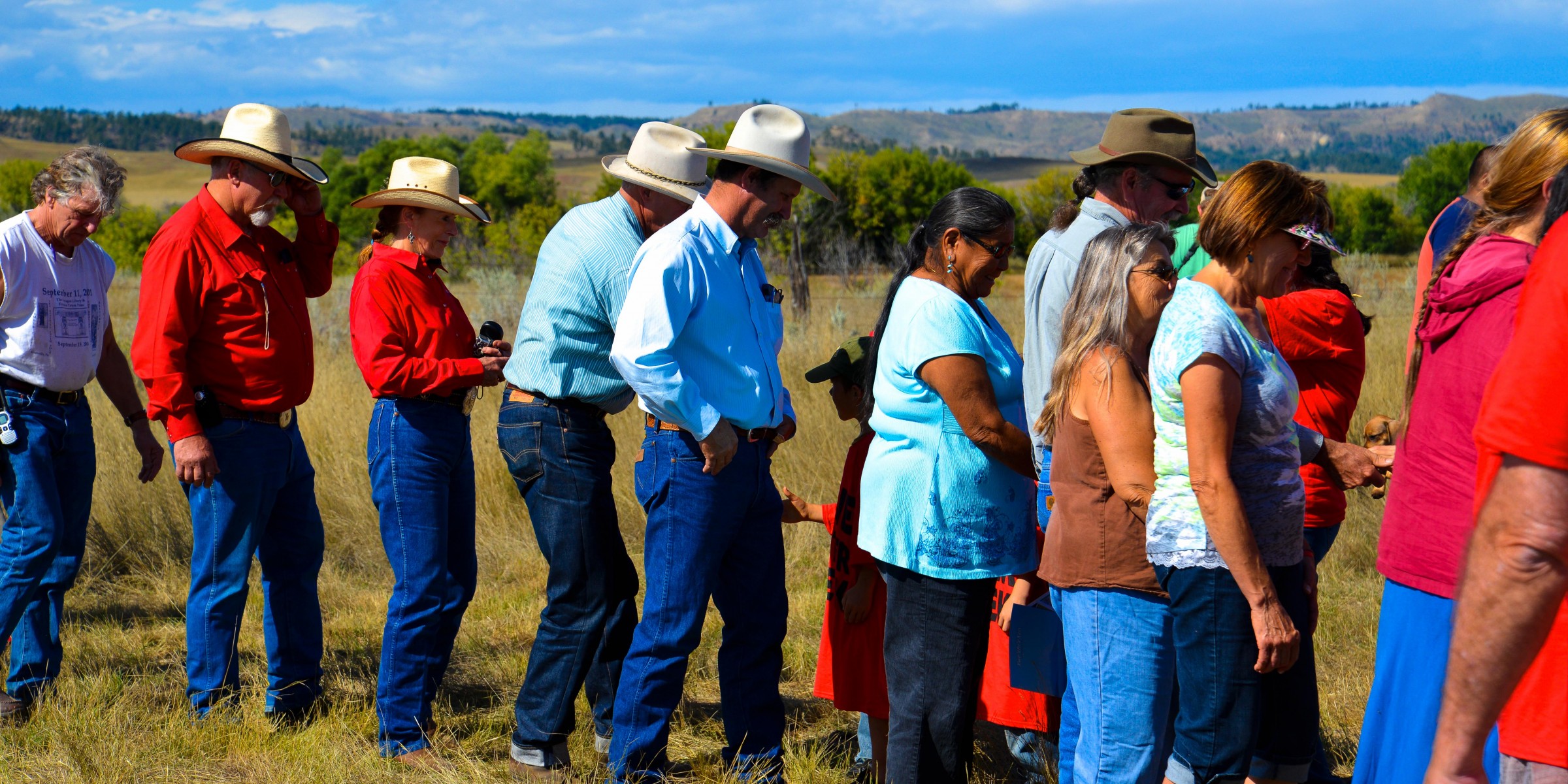
On February 13-14, representatives from the Surface Transportation Board (STB), the Tongue River Railroad Company (BNSF & Arch Coal) and their contractors from ICF International came to Billings to host the second in-person Section 106 tribal consultation meeting for the proposed Tongue River Railroad. Much was said those two days and I don’t think anyone would disagree with my assessment that the tribal historic preservation officers and most other tribal representatives who were present do not want a coal railroad to disturb the Tongue River Valley. The folks that…
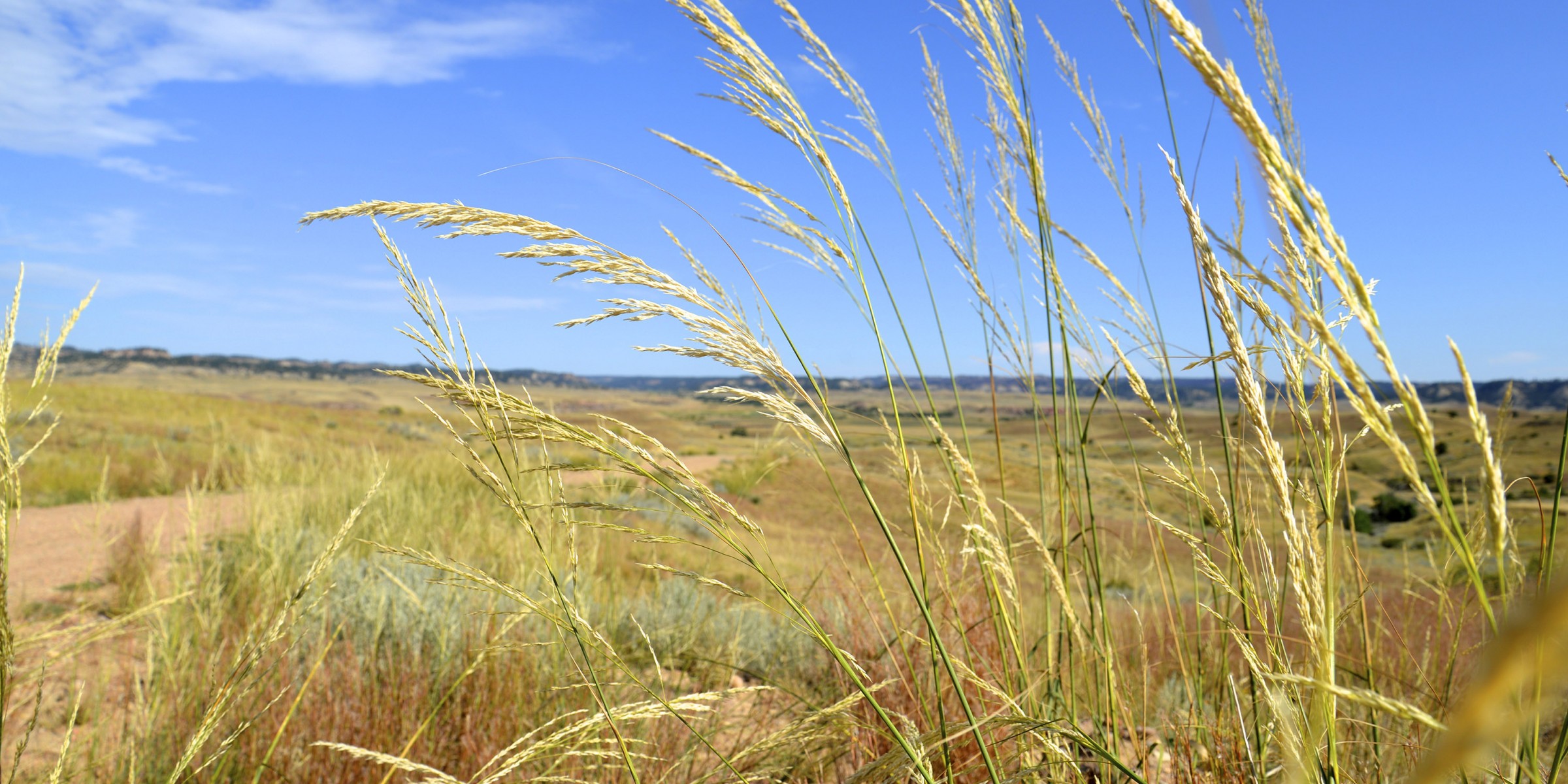
During the 2011 Exxon oil spill on the Yellowstone River, I was simultaneously told by our public health officials and Exxon that the oil covering my farm was not dangerous to my health but I should stay away from the oil. Two days after the spill I went to the hospital with nausea, headache, fatigue, dizziness and all that good stuff that comes along with inhaling hydrocarbons. When coal mines use explosives to loosen up coal seams in coal mines, sometimes a nitric oxide orange cloud forms. They tell residents…